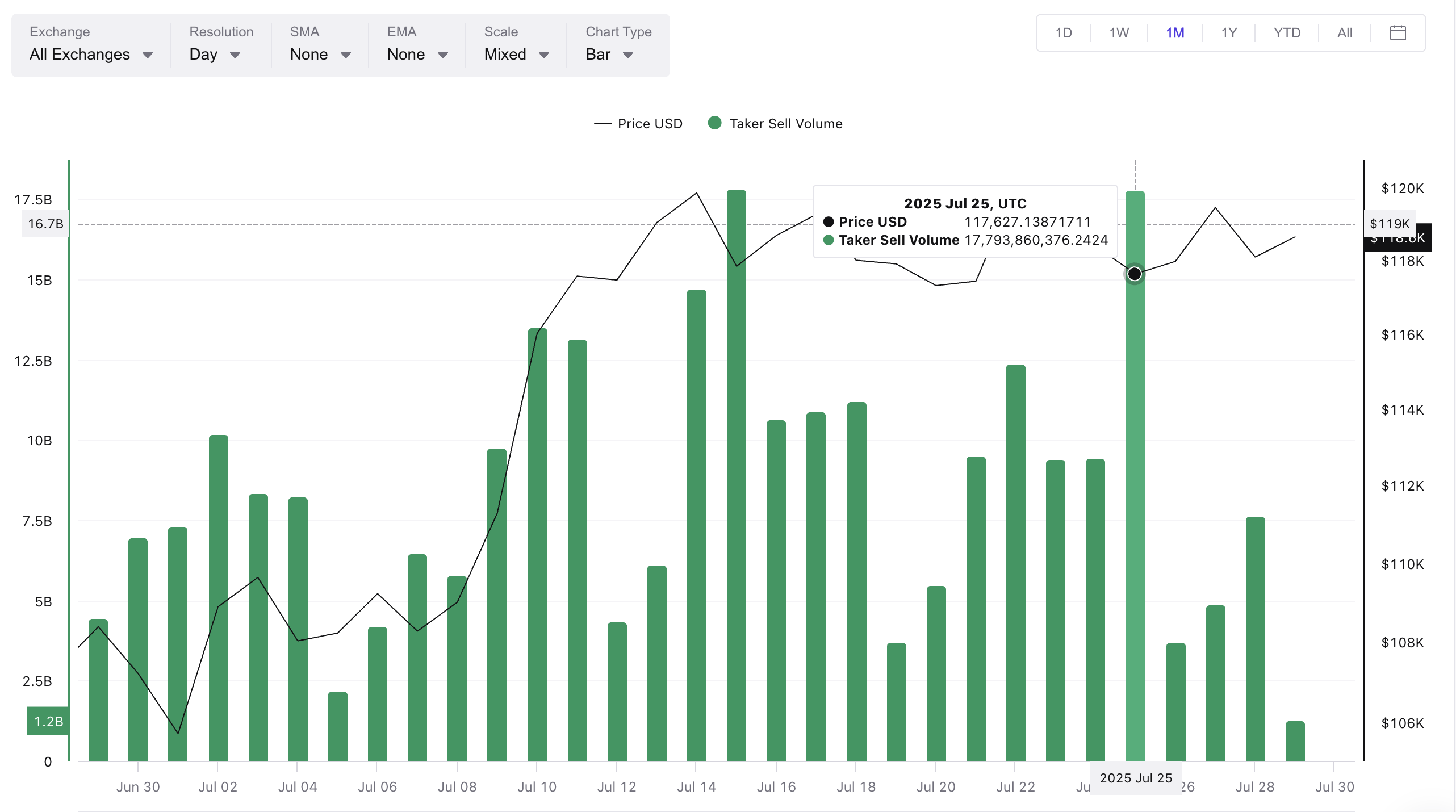- USD/CAD holds its position around a three-month high at 1.3940, marked on Wednesday.
- Annualized US GDP expanded 2.8% in the third quarter, below 3.0% in the second quarter and below expectations of 3.0%.
- Traders will closely watch the US Personal Consumption Expenditure (PCE) Price Index and Canadian Gross Domestic Product data on Thursday.
USD/CAD appreciates near its three-month high of 1.3940, recorded in the previous session, trading around 1.3920 during the European session on Thursday. This rise in the pair could be linked to the strong US Dollar (USD) as market caution persists amid uncertainty surrounding the upcoming US presidential election.
Traders are now focusing on upcoming key US data releases, including US inflation data. PCE on Thursday and Non-Farm Payrolls (NFP) on Friday. On Wednesday, the dollar hit headwinds as annualized US gross domestic product (GDP) expanded 2.8% in the third quarter, below 3.0% in the second quarter and below forecasts from the 3.0%.
However, ADP’s Employment Change report showed that private companies in the United States added 233,000 workers in October, marking the largest increase since July 2023. This followed an upward revision to 159,000 in September and significantly exceeded forecasts. of 115,000.
The commodity-linked Canadian Dollar (CAD) could have received support from stronger oil prices as Canada remains the largest supplier of crude oil to the United States (US). Crude oil prices found support amid optimism around US fuel demand after an unexpected decline in crude oil inventories. The West Texas Intermediate (WTI) oil price is trading around $68.70 at the time of writing.
The US Energy Information Administration (EIA) reported that crude oil inventories fell by 0.515 million barrels in the week ending October 25, contrary to market expectations of an increase of 2.3 million of barrels.
Bank of Canada Governor Tiff Macklem addressed the House of Commons Finance Committee on Wednesday to discuss the bank’s monetary policy. Macklem stated that if the economy largely aligns with their forecast, they hope to reduce the policy rate further to support demand and keep inflation on target.
The Canadian Dollar FAQs
The key factors that determine the price of the Canadian Dollar (CAD) are the level of interest rates set by the Bank of Canada (BoC), the price of oil, Canada’s main export product, the health of its economy, inflation and the trade balance, which is the difference between the value of Canadian exports and its imports. Other factors are market confidence, that is, whether investors bet on riskier assets (risk-on) or look for safe assets (risk-off), with the risk-on being positive for the CAD. As its largest trading partner, the health of the US economy is also a key factor influencing the Canadian dollar.
The Bank of Canada (BoC) exerts significant influence over the Canadian Dollar by setting the level of interest rates that banks can lend to each other. This influences the level of interest rates for everyone. The BoC’s main objective is to keep inflation between 1% and 3% by adjusting interest rates up or down. Relatively high interest rates are usually positive for the CAD. The Bank of Canada can also use quantitative easing and tightening to influence credit conditions, with the former being negative for the CAD and the latter being positive for the CAD.
The price of oil is a key factor influencing the value of the Canadian Dollar. Oil is Canada’s largest export, so the price of oil tends to have an immediate impact on the value of the CAD. Generally, if the price of oil rises, the CAD also rises, as aggregate demand for the currency increases. The opposite occurs if the price of oil falls. Higher oil prices also tend to lead to a higher probability of a positive trade balance, which also supports the CAD.
Although inflation has traditionally always been considered a negative factor for a currency, as it reduces the value of money, the opposite has actually happened in modern times, with the relaxation of cross-border capital controls. Higher inflation often leads central banks to raise interest rates, attracting more capital inflows from global investors looking for a lucrative place to store their money. This increases the demand for the local currency, which in the case of Canada is the Canadian Dollar.
The published macroeconomic data measures the health of the economy and may have an impact on the Canadian dollar. Indicators such as GDP, manufacturing and services PMIs, employment and consumer confidence surveys can influence the direction of the CAD. A strong economy is good for the Canadian dollar. Not only does it attract more foreign investment, but it may encourage the Bank of Canada to raise interest rates, resulting in a stronger currency. However, if economic data is weak, the CAD is likely to fall.
Source: Fx Street
I am Joshua Winder, a senior-level journalist and editor at World Stock Market. I specialize in covering news related to the stock market and economic trends. With more than 8 years of experience in this field, I have become an expert in financial reporting.







